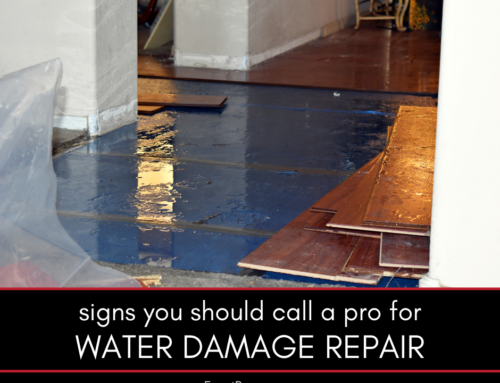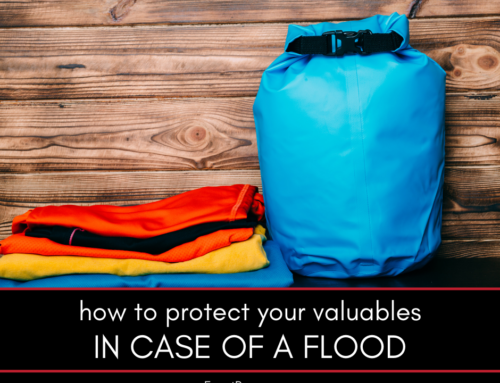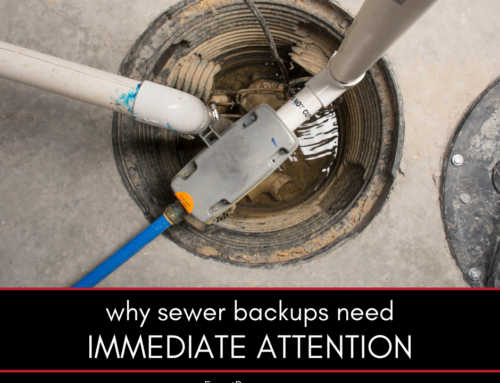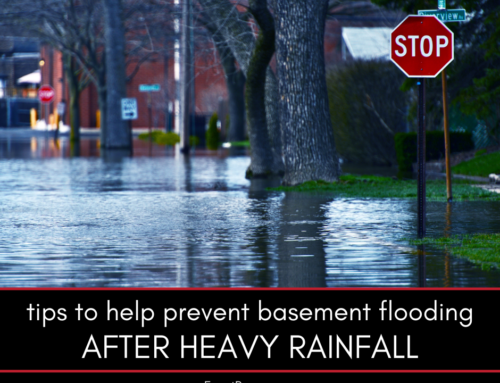Experiencing a flooded basement can be overwhelming. The unexpected surge of water, the potential damage to your belongings, and the uncertainty of what to do next can be stressful. But don’t fret; we’re here to guide you through the process. Whether it’s due to heavy rainfall, a burst pipe, or other unforeseen circumstances, we’ve got the expertise to help you navigate the aftermath.
What to Do if Your Basement Floods
Understanding the steps to take after your basement floods can make the recovery process smoother and more manageable. This guide is designed to provide you with clear, actionable advice to address a flooded basement effectively.
This guide covers:
- Safety first: ensuring you and your family are safe
- Stopping the source of the flooding
- Removing the water
- Drying and dehumidifying the area
- Assessing and documenting the damage
- Contacting professionals for cleanup and restoration
Here’s a closer look at each.
Safety First: Ensuring You and Your Family Are Safe
The safety of you and your loved ones is paramount. Before taking any action, it’s essential to evaluate the situation and ensure that conditions are safe. If your basement is flooded, refrain from entering if the water level is significantly high. There’s a risk of electrocution, especially if electrical outlets or appliances are submerged. It’s advisable to turn off the electricity to the affected area, but only if you can do so without standing in water. Always be on the lookout for potential hazards, such as exposed electrical wires, weakened floorboards, or signs of structural damage to the basement.
Stopping the Source of the Flooding
Understanding and addressing the root cause of the flooding is a critical step. If the flooding results from a burst pipe, locate the shut-off valve and turn off the water supply to halt the flow. However, if the flooding is due to external factors like heavy rainfall or rising groundwater, it might be necessary to wait until external conditions improve before taking further action.
Removing the Water
Once you’ve ensured a safe environment and addressed the flooding’s source, the next step is to remove the standing water. Depending on the water’s depth, you can start with basic tools like buckets to scoop out the water. For more significant flooding, wet vacuums or sump pumps can be more efficient. Always wear protective gear, such as gloves and waterproof boots, to protect yourself from potential contaminants in the water.
Drying and Dehumidifying the Area
After the bulk of the water is removed, the focus shifts to drying the affected area. Even small amounts of lingering moisture can lead to mold growth and further damage. Utilize fans to circulate air and speed up the drying process. Dehumidifiers can be especially useful in pulling moisture out of the air and surrounding materials. If the weather is conducive, opening windows can also help in reducing humidity and drying the space.
Assessing and Documenting the Damage
Documentation is vital, especially when it comes to insurance claims. Take clear, detailed photos of all affected areas in the basement. Capture images of any damaged personal items, structural issues, or other visible problems. Keeping a written record alongside the photos can be beneficial, detailing the extent and nature of the damage.
Contacting Professionals for Cleanup and Restoration
While initial steps can be taken independently, the restoration process often requires professional expertise. Our team specializes in disaster remediation and is equipped to handle the complexities of basement flooding. When you reach out to us, we conduct a comprehensive assessment to understand the full extent of the damage. Based on our findings, we’ll devise a tailored plan to restore your basement. Our primary goal is to ensure your space is not only dry but also safe, clean, and restored to its pre-damage condition.
FAQ About Basement Flooding and Remediation
Here are some frequently asked questions about basement flooding and remediation. If you don’t see the answers you’re looking for here, please call our office. We’re here to help.
How Long Does It Take to Dry Out a Flooded Basement?
Typically, it can take anywhere from 24 hours to several days, depending on the severity of the flooding and the methods used for drying.
Is Basement Flooding Covered by Homeowners Insurance?
It often depends on the cause of the flooding and your specific policy. It’s best to contact your insurance provider for details.
How Can I Prevent My Basement from Flooding Again?
Regular maintenance, installing a sump pump, and ensuring proper drainage around your home can help prevent future flooding.
What Are the Risks of Not Properly Addressing a Flooded Basement?
If not addressed promptly, a flooded basement can lead to mold growth, structural damage, and potential health risks.
Do I Need to Discard Flood-Damaged Items?
It depends on the extent of the damage and the type of item. Some items might be salvageable after cleaning, while others, especially those soaked in contaminated water, should be discarded.
Your home is a place of comfort and safety. While a flooded basement can be distressing, remember that with the right steps and a bit of patience, everything will be back to normal. And always remember, we’re here to help every step of the way.
Do You Need a Disaster Remediation Expert in Washtenaw County or Jackson County?
If your home has already been damaged, we can help. Check out our services and call Exact Recon for your free disaster remediation quote today. We offer:










